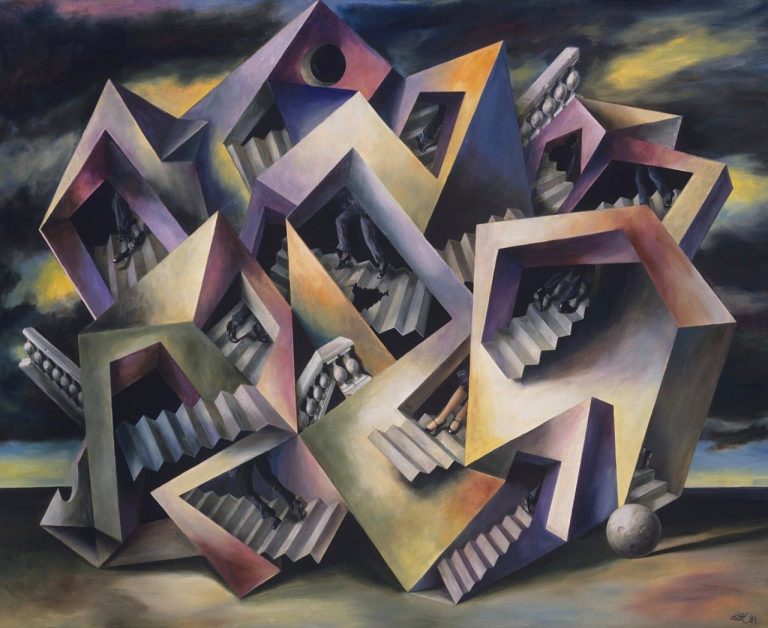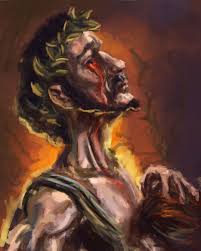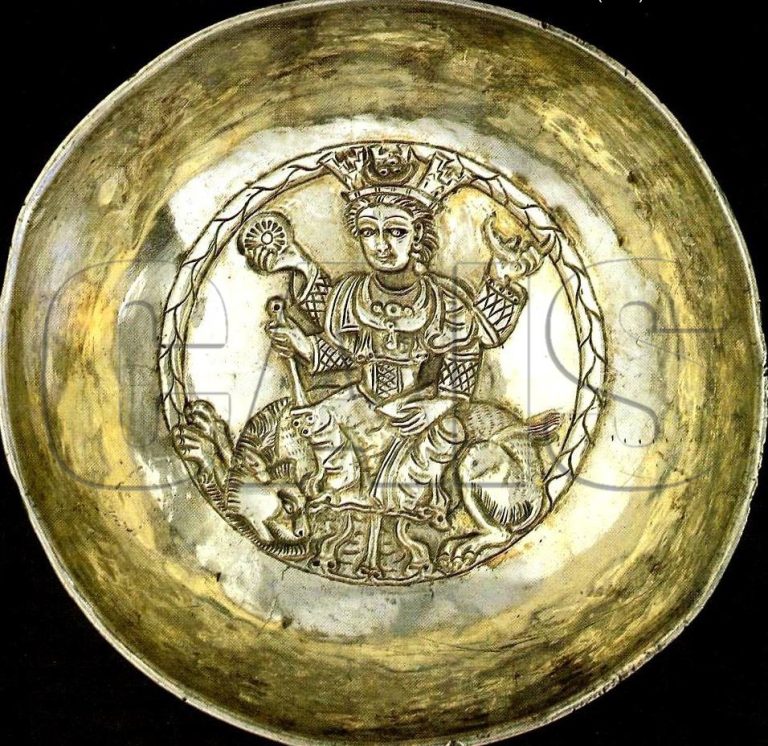Anahita, the Persian water Goddess of fertility, when expressed and explained, brings along a
certain point about which a collective agreement and merriment, as well, can be made. However,
before the honour of acquaintance with this deity has come into frution, a very short concept had
better be unfurled: To breach it, a travel to the primitive age of Man ought to be fulfilled which
addresses and justifies how so the early man had sought the need to engage in communication
with idol gods/ goddesses. According to C.G.Jung, in The Modern Man in Search of a Soul, the
primitive man had never thought of the gods he’d conjured for himself to be in the sense of
nowadays metaphysical, superstitious, or ironically supernatural. For him, the mechanisms that
dominated the universe and had developed it, taking in reins its dimensional alterations, had
always stemmed from certain figures that could withhold magic and sorcery. So, to defend
himself or reside in the depth of connection with elements as such, he’d had to construct and
manifest the belief of some heavenly father and earthly mother. One of the extra additions by
C.G.Jung is that the primitive man, as he’d been young as a child, was ruled by such a conduct in
which there was no room for the consciousness to partake. So, conclusively, he’d act and do
what he saw as ritual without ever questioning acts or deeds he committed.
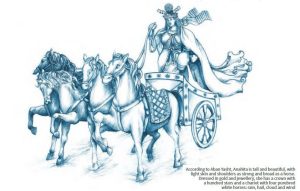
Anahita, the great mother, is one of those deities that had arisen out of Man’s subconscious with
the role that commanded and mended nature and man both. In other words, the fertile status of
both man, especially women, and nature was piled upon her responsibilities and obligations. In
retrospect, there can be analogies made between Anahita and the other anthropomorphic godly
agents of the Greek civilization, in particular. For example, as mentioned, one of Anahita’s
chores was midwifery equivalent to which is Hera’s role in protecting and caring for the women
in labor. However, a certain difference would sophisticate it to be pointed out that Anahita as a
goddess of water and fertility had, in among her duties, the necessity of purifying men’s
glandular secretions as well.
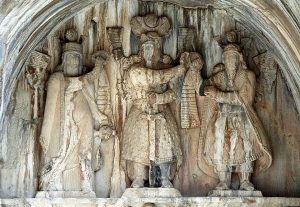
The two concepts of Athena and Aphrodite both as separate goddesses seem to be contradictory
rather, as each symbolizes notions that appear to be in confrontation with the other: the former
representing a warrior— especially one that is always at the ready to fight for the sake of Athens.
And the latter represeting love and sex. However, contrary to the Greek metaphysics, these two
notions seem to be merged all in one single Persian goddess— Anahita. Earning credit to such a
Zoroastrian claim settles the debate the information communicated through Anahita: Ancient
Persian Goddess and Zoroastrian Yazata in which one may find a number of articles, edited by
Payam Nabarz, sacred to the role and identity of this great matriarch. Hereby, Anahita is
demonstrated as to keep in her possession a chariot, symbolizing her warrior-likeness, that is
drawn by a team of four hourses like the swans of Aphrodite in the myth of Adonis.
Another feature, on the other hand, that makes Anahita compete with Aphrodite is perhaps best
defined by how Susan Gaviri in her Anahita in the Ancient Iranian Mythology talks about Venus
being the very place from where the whatness of Anahita originates, as best proclaimed in the
following:
“Forsaking Venus, her star of birth,She pranced onto Ahura’s Earth.”
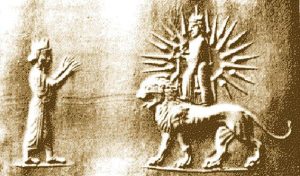
The language of Avesta, the holy book of Zarathustra, bears evidence to the fact that each of the
horses teaming up in mobilizing the chariot of Anahita reverberates the natural elements of
which Anahita is proclaimed to be the guardian and defender such as the wind, the water/ rain,
the snow, and the sleet. The Aban Yasht in Avesta, which is the most devotional section of the
holy Zoroastrian hymns to Anahita, largely captures in detail the majority of what is known
about the sacred goddess. For example, one of the particulars mentioned about unveils the
splendor and grandeur of this major goddess in Zoroastrian tradition that makes us believe her to
have held as so much valor and value, to the extent of being the right command of AhuraMazda,
as having her blessing to be of utmost importance to be sought by Sassanian kings, for instance.
Fortunate it is however that the emphasis of seeking kingship blessing had been crafted in some
other more monumental places than within a recorded document, considering the significance of
Anahita’s status. For example, Takbostan near Kermanshah keeps in itself one of those
capitaving landmarks in which the carving precedes to the Sassanian era that pictures the
coronation of Khosrow II. He is, in the carving, about to receive the symbol of will of gods (the
Faravahar) from Anahita whose name is a remembrance of the genuity of her purity and being
devoid of all disgrace.
References:
Gaviri, Susan. Anahita in the Ancient Iranian Mythology.
Jung, Carl G. Modern Man in Search of a Soul. Translated by W. S. Dell and Cary F. Baynes.
Routledge, 2001.
Nabarz, Payam, ed. Anahita: Ancient Persian Goddess and Zoroastrian Yazata. Avalonia, 2013.
Maytham Khaghani


